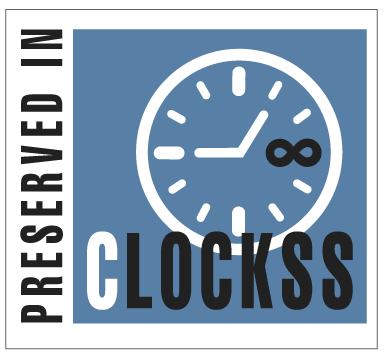Abstract
The common systemic skeletal disorder known as osteoporosis (OP) is characterized by low bone mass and microarchitectural deterioration of bone tissue, which makes bones brittle and prone to breaking. Because of Cystatin D (CST5) peptide potential to regulate a significant class of proteolytic enzymes that play a crucial part in pathophysiological processes, cystatins have drawn a lot of attention in the past ten years, as well as their real efficacy in preventing the growth of bacteria and viruses in vivo. This study evaluated the serum cystatin D (CST5) diagnostic accuracy in osteoporosis and osteopenia patients. One hundred twenty participants were involved, (40) patients with osteoporosis, (40) with osteopenia, and (40) as healthy individuals. The age range for all patients was (40-60) years for both females and males whom did not suffer from any significant diseases and underwent an examination of osteoporosis activity by using dual energy x-ray absorptiometry (DXA scan), and the determination of level of serum CST5 and vitamin D3 (Vit D3) by ELISA technique. Calcium (Ca) was measured using a spectrophotometer. The results of this study showed significantly higher CST5 concentration in patients with osteoporosis and osteopenia compared with healthy individuals with P-value < 0.001. Serum CST5 may be useful for diagnosing osteoporosis because ROC curve analysis indicated that it can reliably distinguish osteoporosis patients from healthy individuals with great area under the curve (AUC = 1.000, p < 0.001). Finally, serum CST5 is an accurate marker that is able to differentiate osteoporosis and osteopenia patients from control.
Keywords
Cystatin D, Osteoporosis, Osteopenia, T-score, Vitamin D3
Subject Area
Chemistry
Article Type
Article
First Page
2838
Last Page
2845
Creative Commons License

This work is licensed under a Creative Commons Attribution 4.0 International License.
How to Cite this Article
Hassan, Zahraa Salim and Farhan, Layla Othman
(2025)
"Investigating the Effects of Cystatin D on Osteoporosis in Iraqi Patients,"
Baghdad Science Journal: Vol. 22:
Iss.
9, Article 1.
DOI: https://doi.org/10.21123/2411-7986.5042








